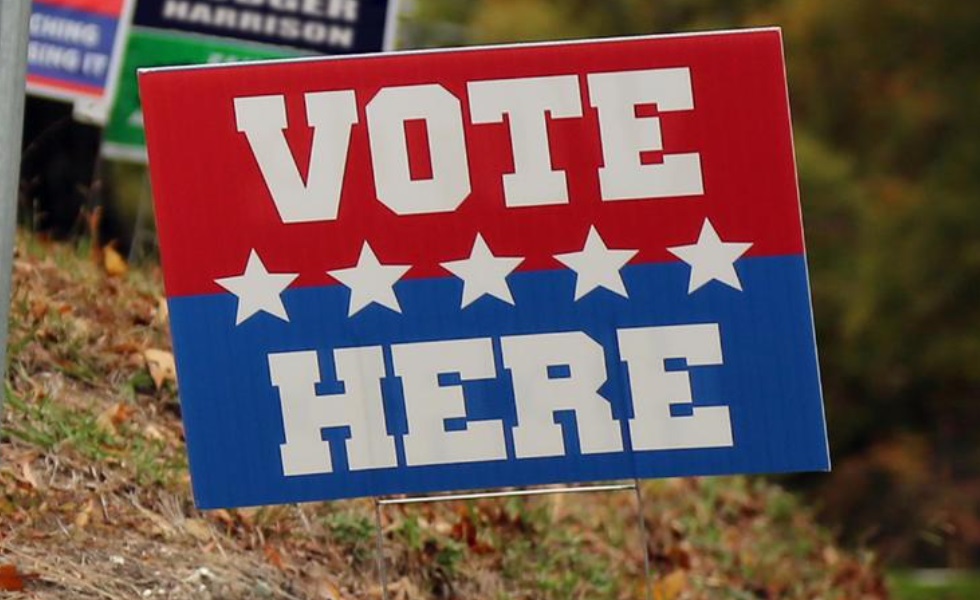SSGA: The impact of the US election on sector investing

As the US election draws closer, greater investor attention is warranted on how to align market views with the potential November outcome. In this article, State Street Global Advisors considers which equity sectors could benefit or lose out depending on the election results.
Sector investing has historically been a key way for investors to reflect their views on the policies and who they consider most likely to win. Sector ETFs were a popular tool both during and after the US presidential election in 2016 and 2020.
'While we expect narrower levels of sector return dispersion this year, we still believe they offer opportunities to adapt portfolios to the election outcome,' Rebecca Chesworth, Senior Equity Strategist at State Street SPDR ETFs says. She adds to expect high trading volumes in sector ETFs through the coming months as investors will attempt to ‘play the election’ ahead of November 5.
Together with Elliot Hentov, Head of Macro Policy Research at State Street Global Advisors, Chesworth identifies three core scenarios that would impact policy and regulation in the aftermath of the election:
- A Republican sweep with full Republican control of all branches of the federal government.
- A Trump victory with a split Congress where the Democrats control the House and the Republicans have a majority in the Senate.
- A Biden victory with a split Congress as in scenario 2.
As with scenario 3 relatively little would change, Hentov and Chesworth outline the sectoral impact of scenarios 1 and 2 in the below table:

'Identifying sectors that are most likely to benefit from the election outcome is difficult in a tight race, but as we have highlighted specific sectors are more sensitive than others to potential change. While Financials including banks could gain from deregulation, some parts of the Communication Services sector in particular, face the prospect of tighter regulatory scrutiny. And while potentially more and higher trade tariffs carry opportunity for domestic manufacturers, the risk of resultant higher inflation and high interest rates carry a threat. As we get closer to November, investors may increasingly implement views via sector allocations, in the US and internationally, in order to minimize potential risks and take advantage of any opportunity that might arise,' Hentov concludes.









